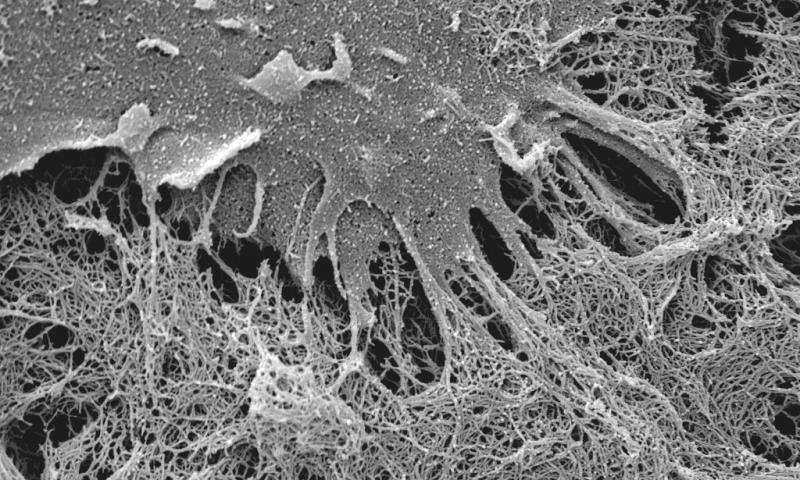
The Breakthrough
Queen Mary University of London researchers have been able to develop a way in which organic molecules can be assembled into tubular tissue-like structures that are complex and doesn’t use 3D printing or moulds. This method makes use of solutions of peptide as well as protein molecules that assemble on their own upon contact to form a dynamic tissue. While the material assembles itself, scientists can easily guide them to grow into more complex shapes.
The Implications
This new discovery is capable of leading towards the engineering of sophisticated tissues in the body such as arteries and veins. Even the creation of the blood-brain barrier to allow researchers to study diseases like Alzheimer’s is possible. Aside from that, the technique can also be a contributing factor to the development of improved implants and even enhanced drug screening approaches.